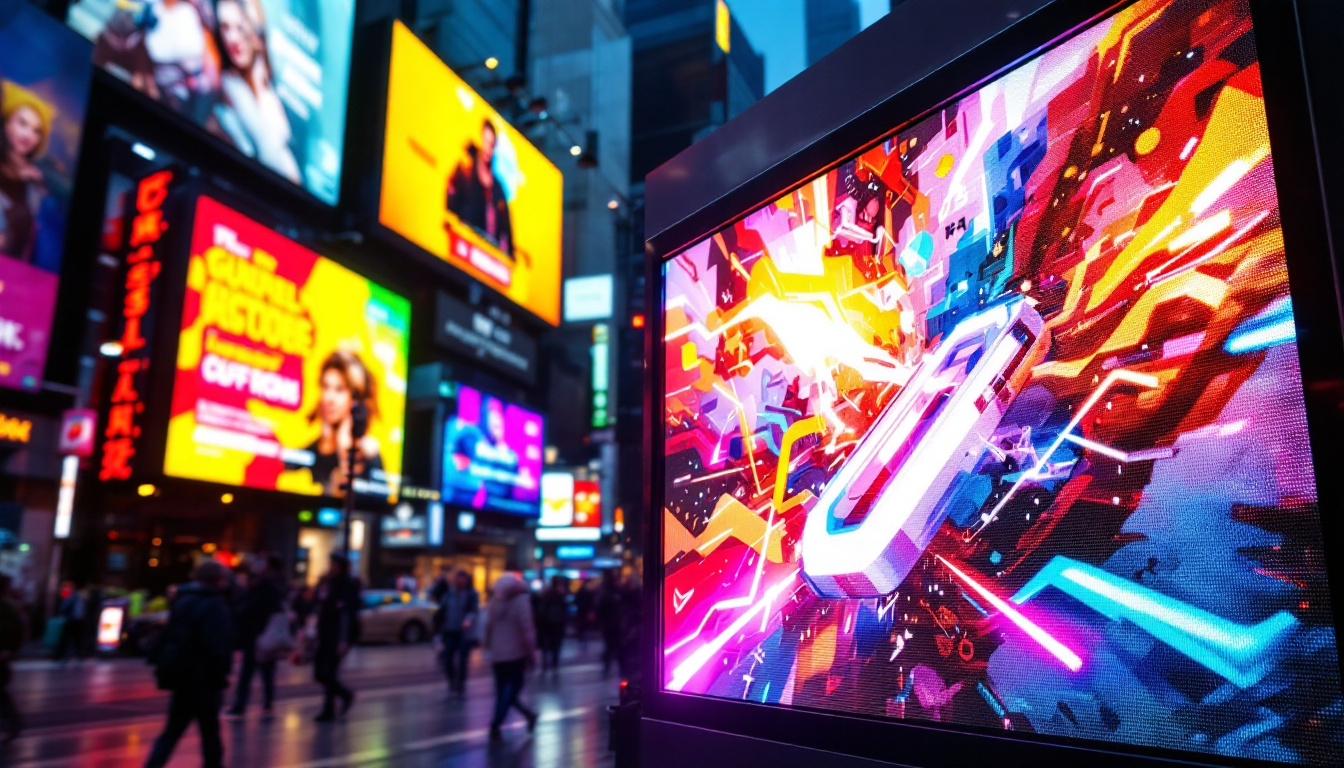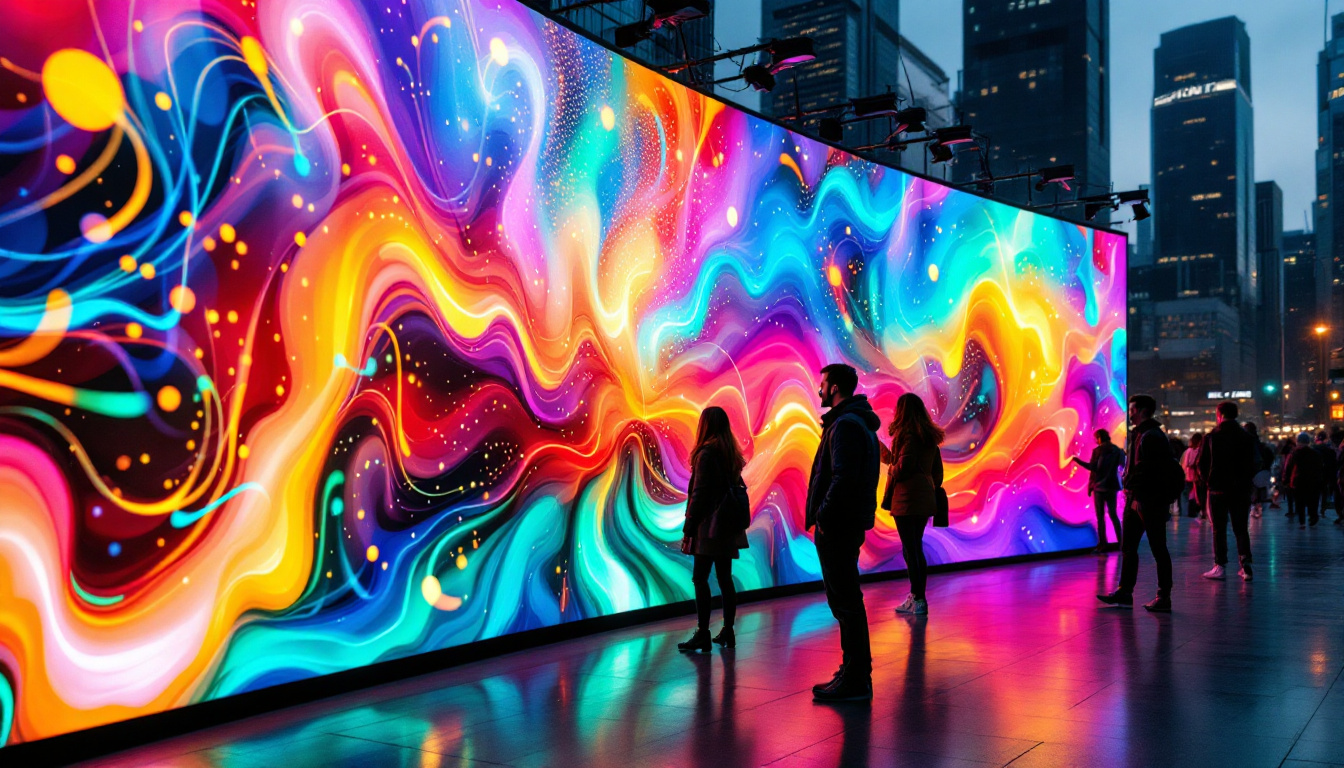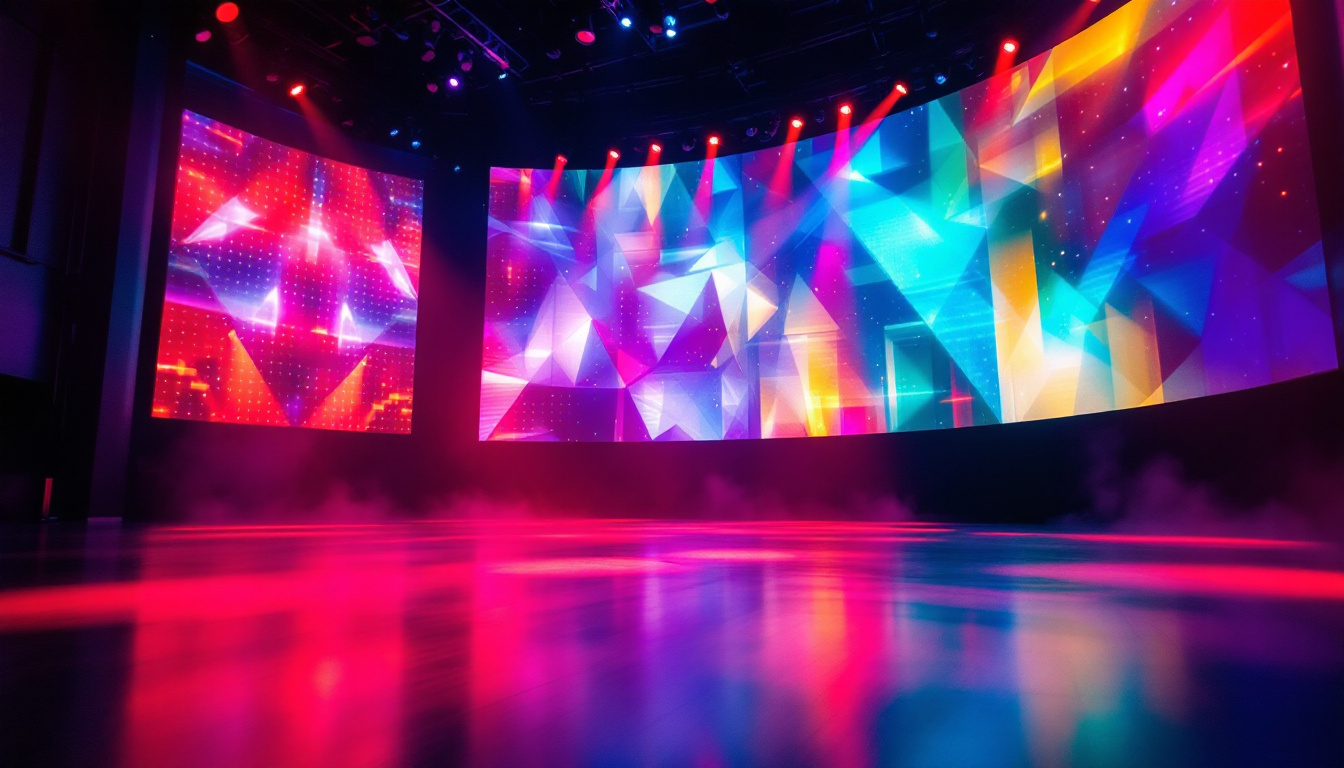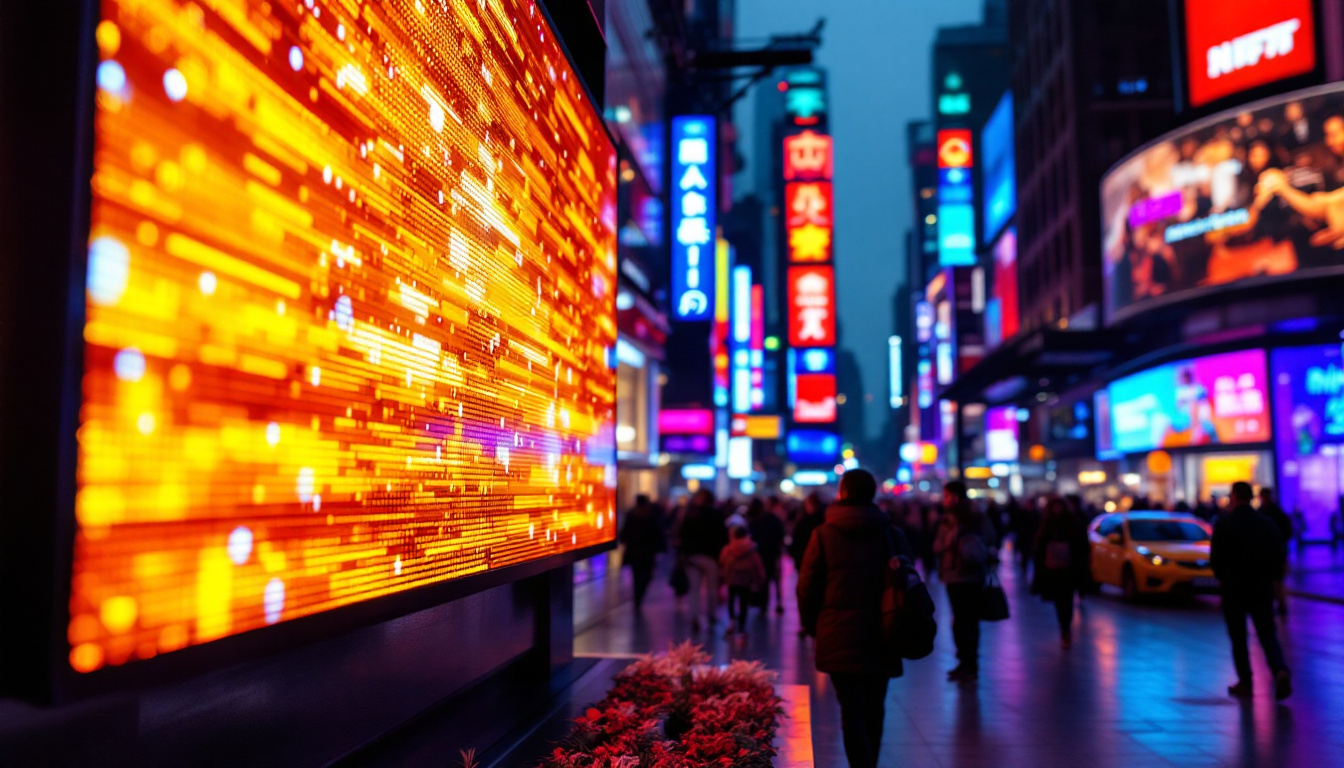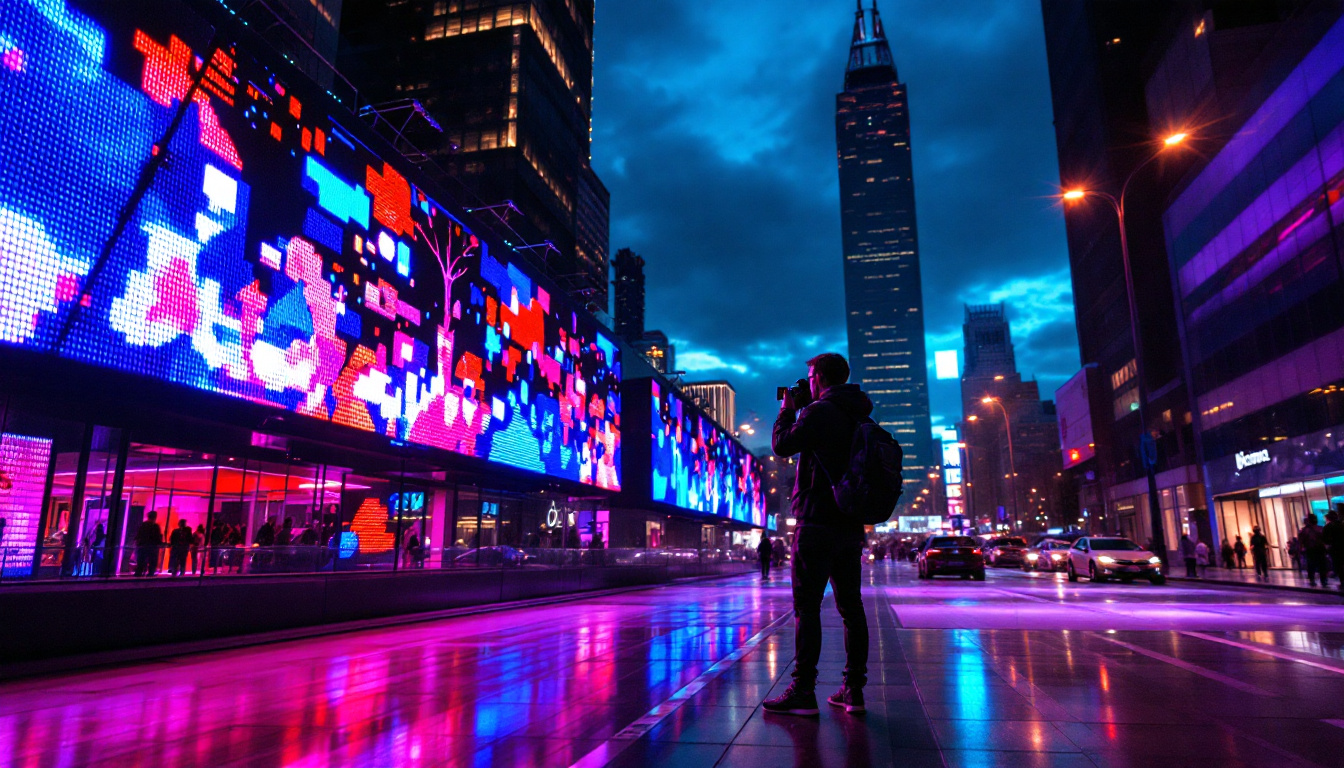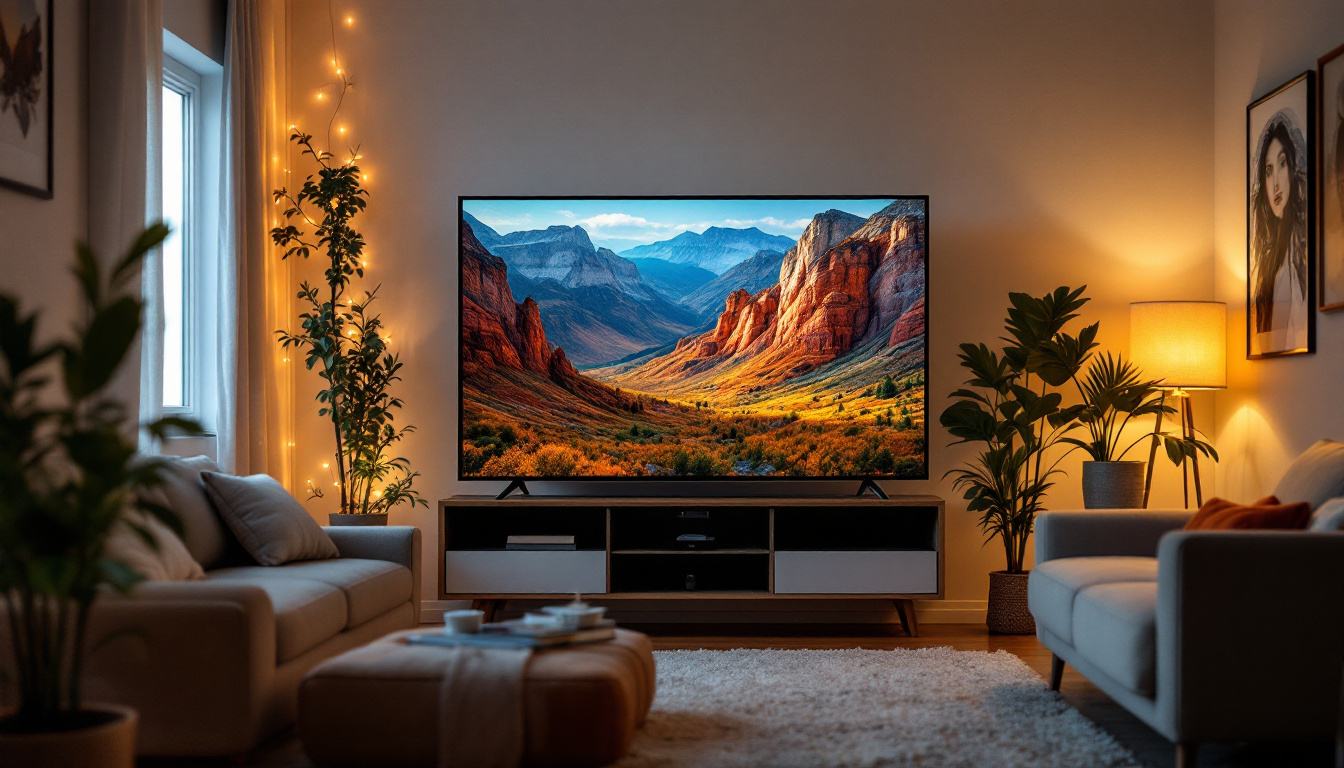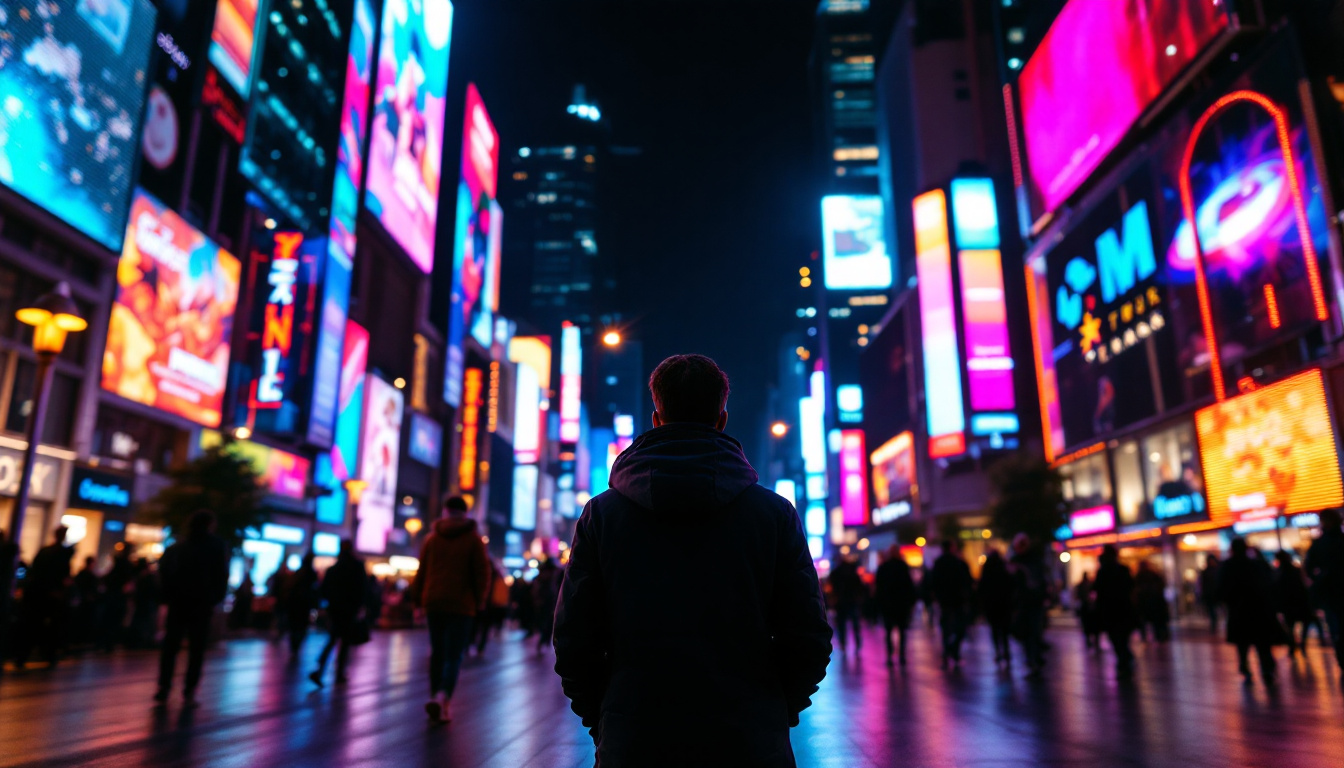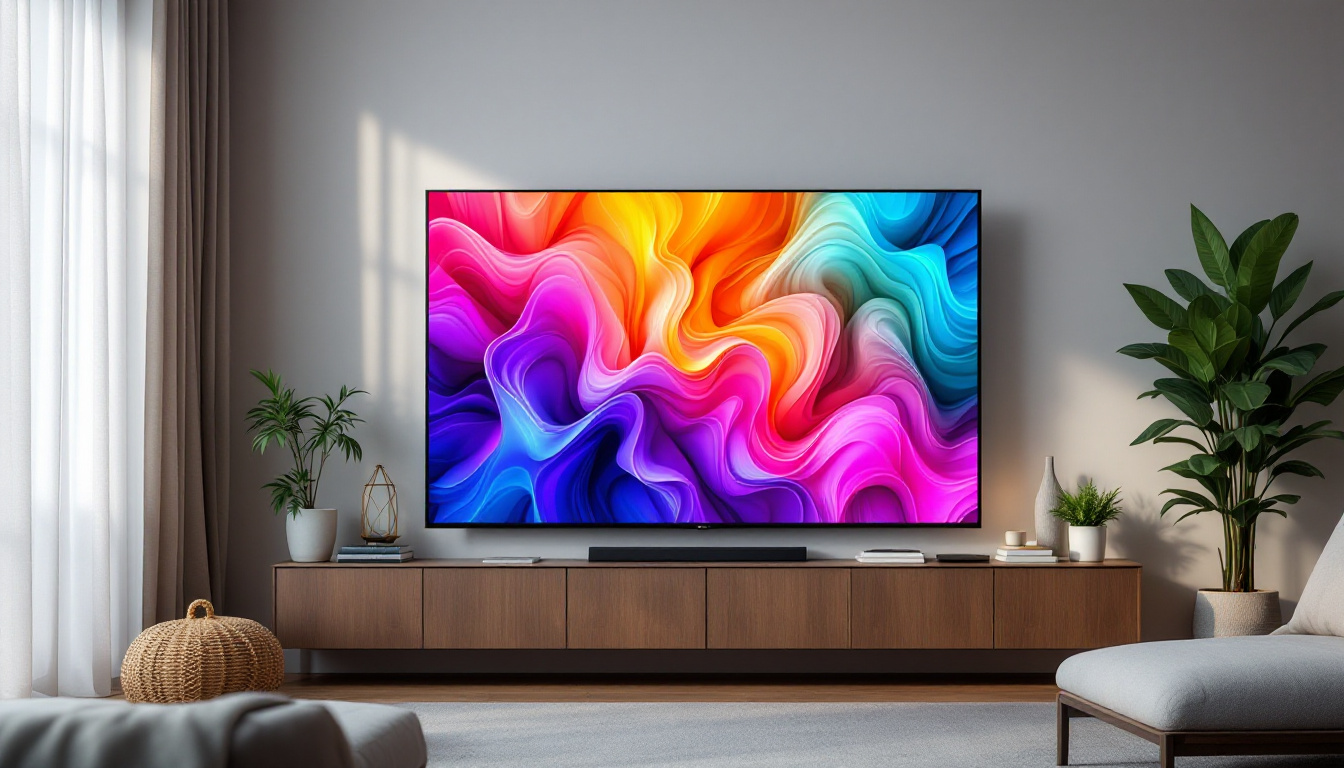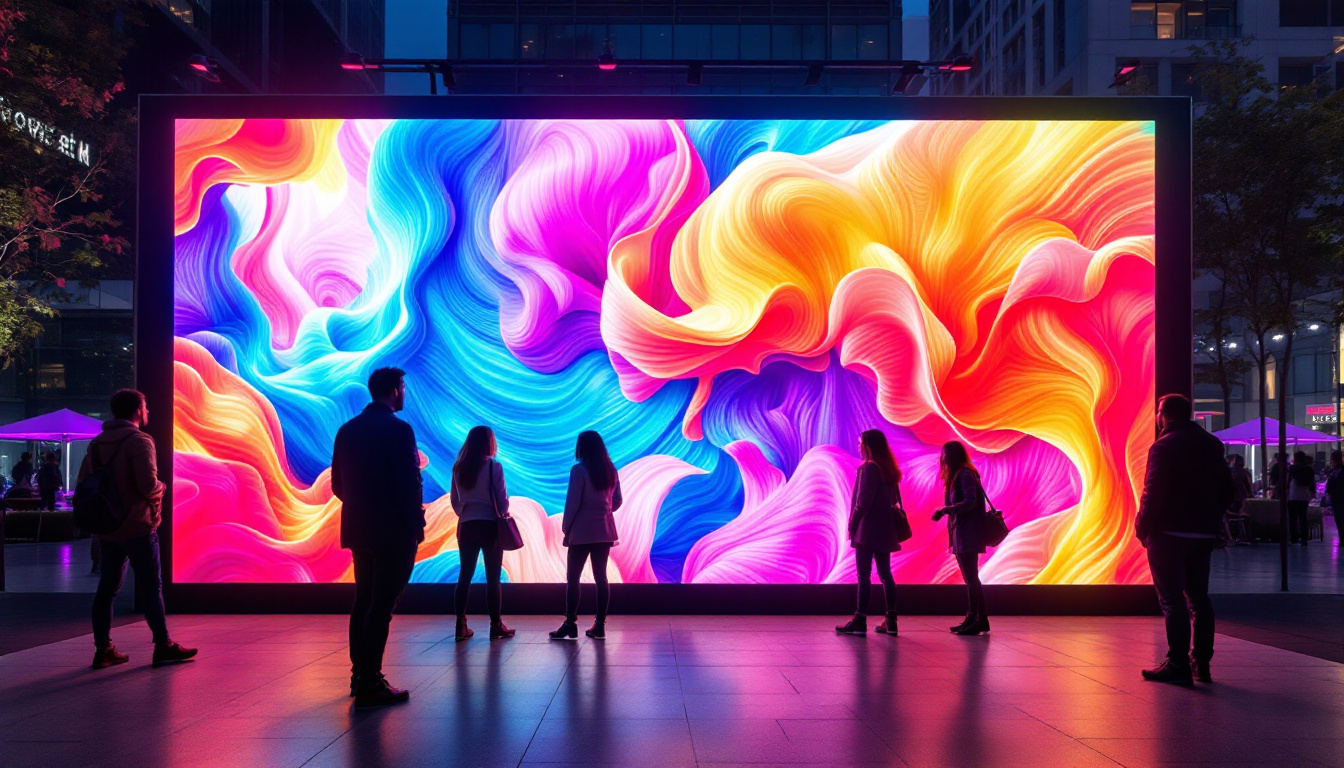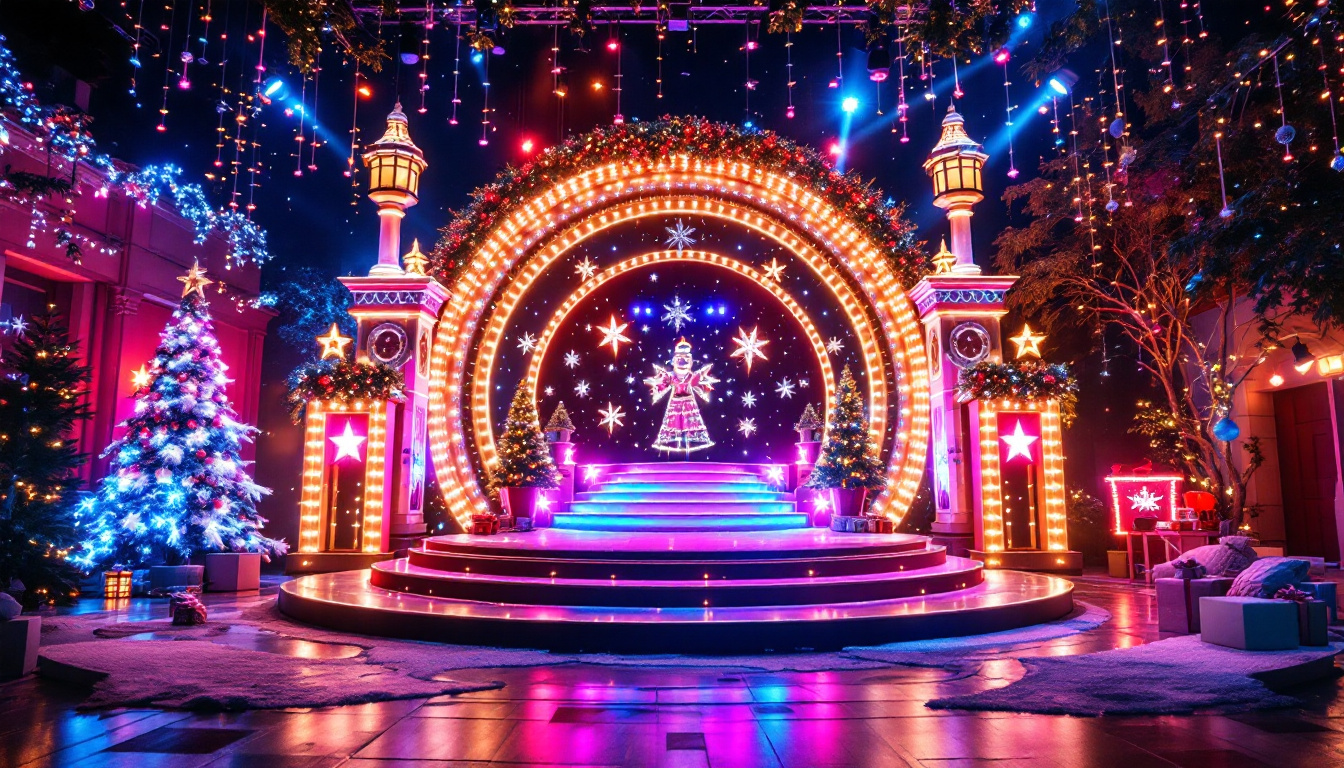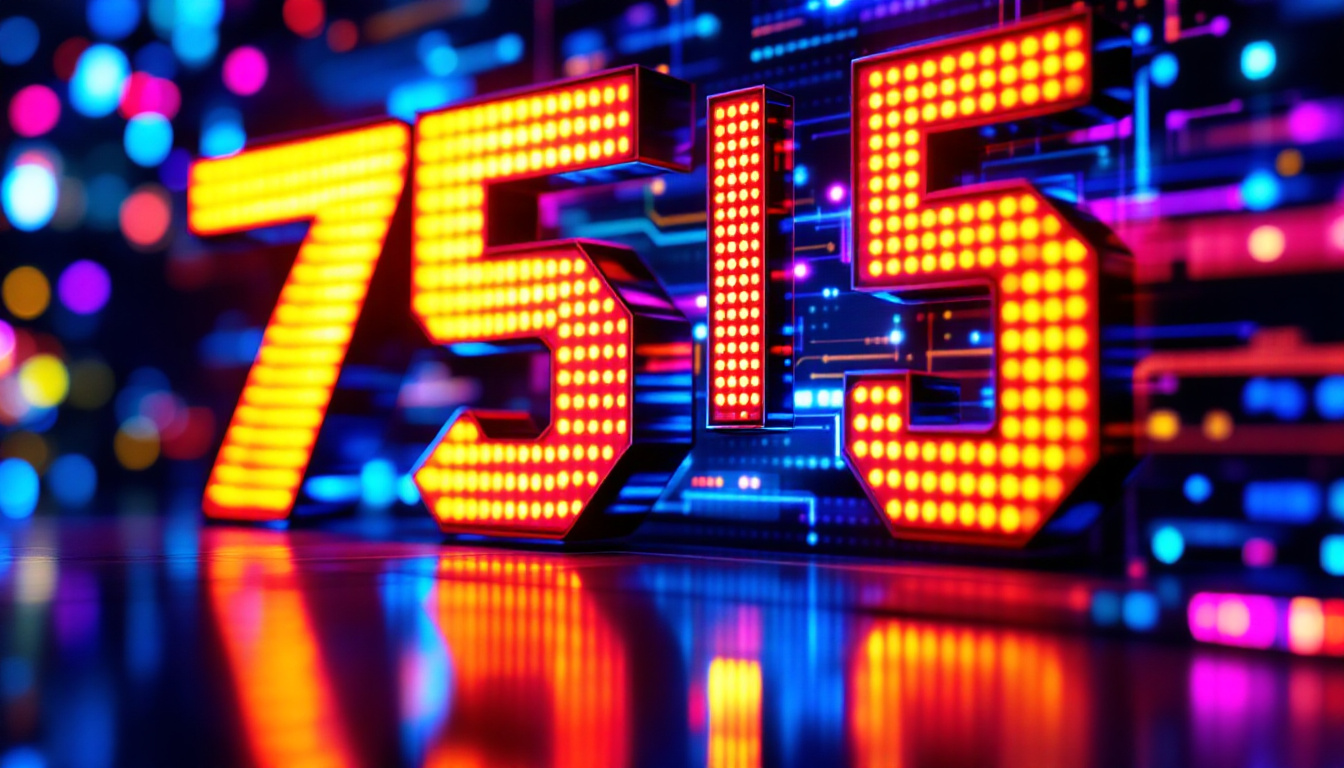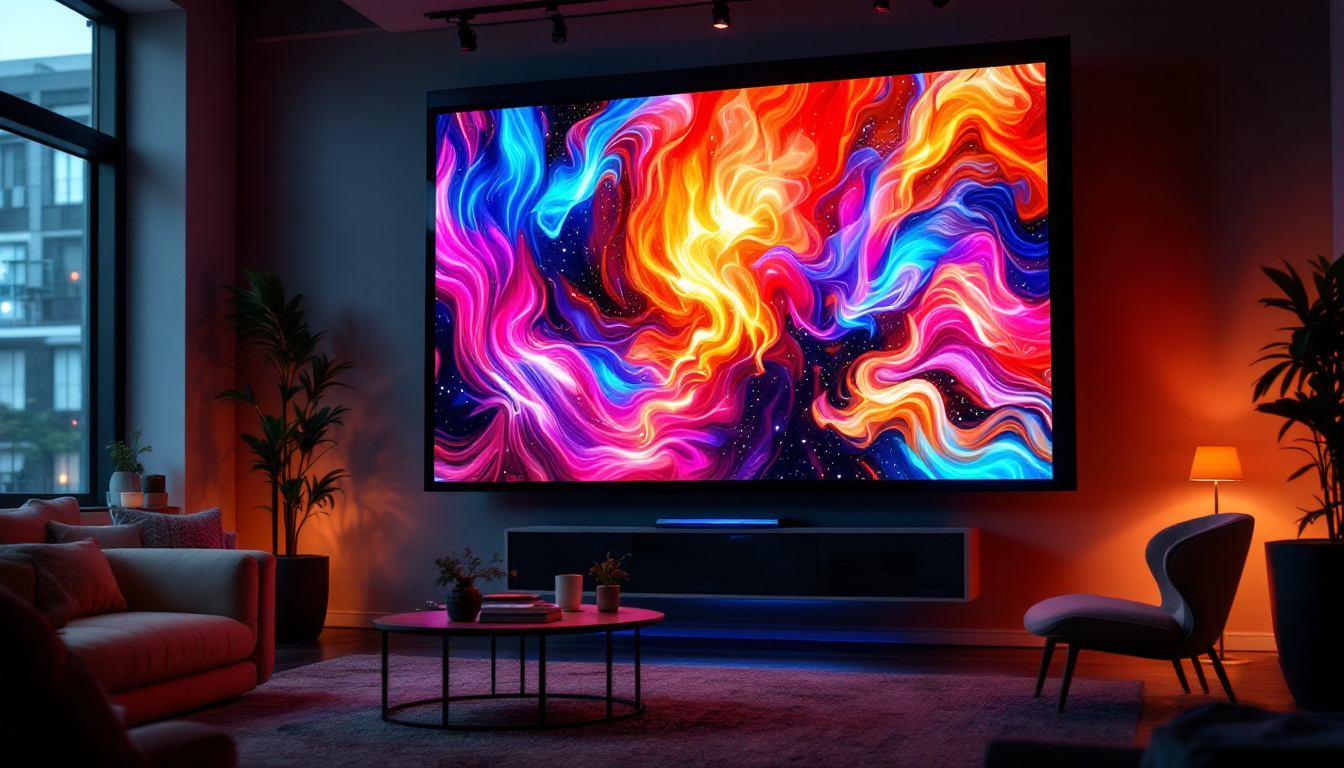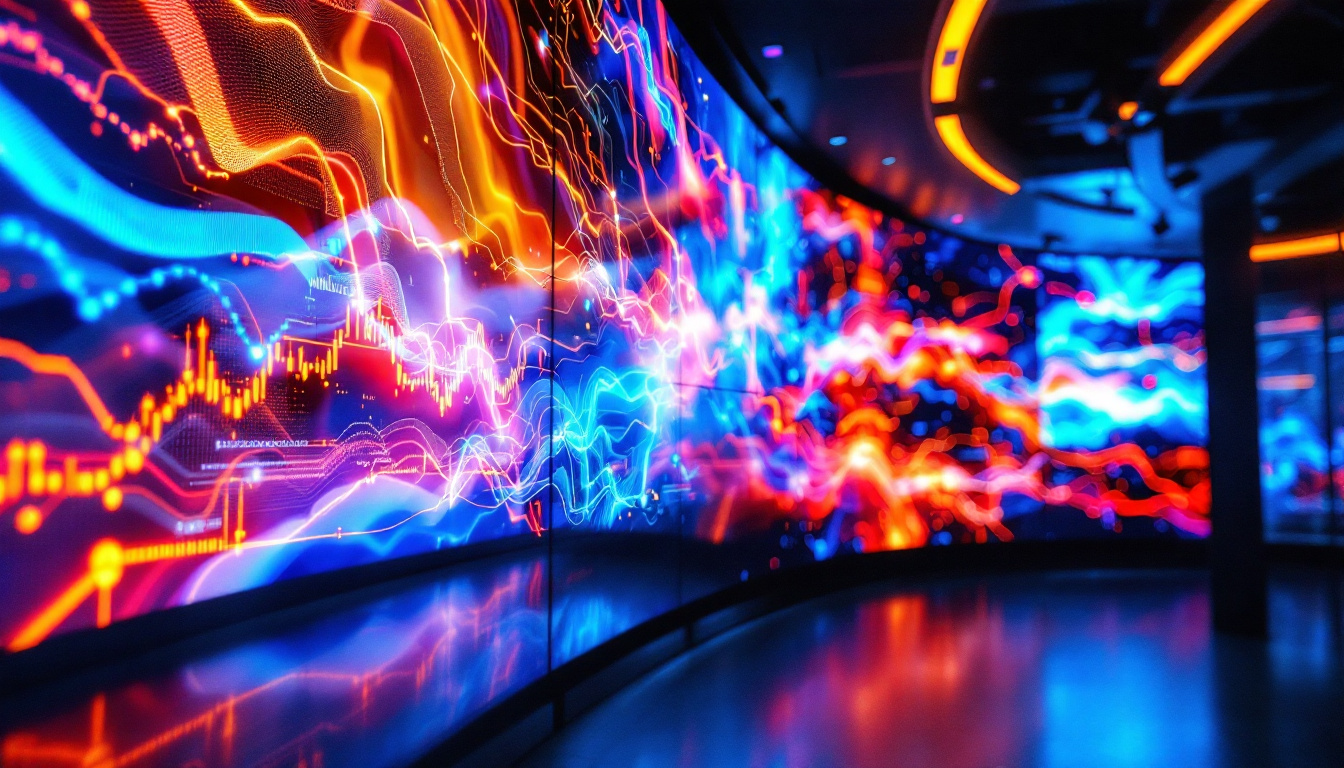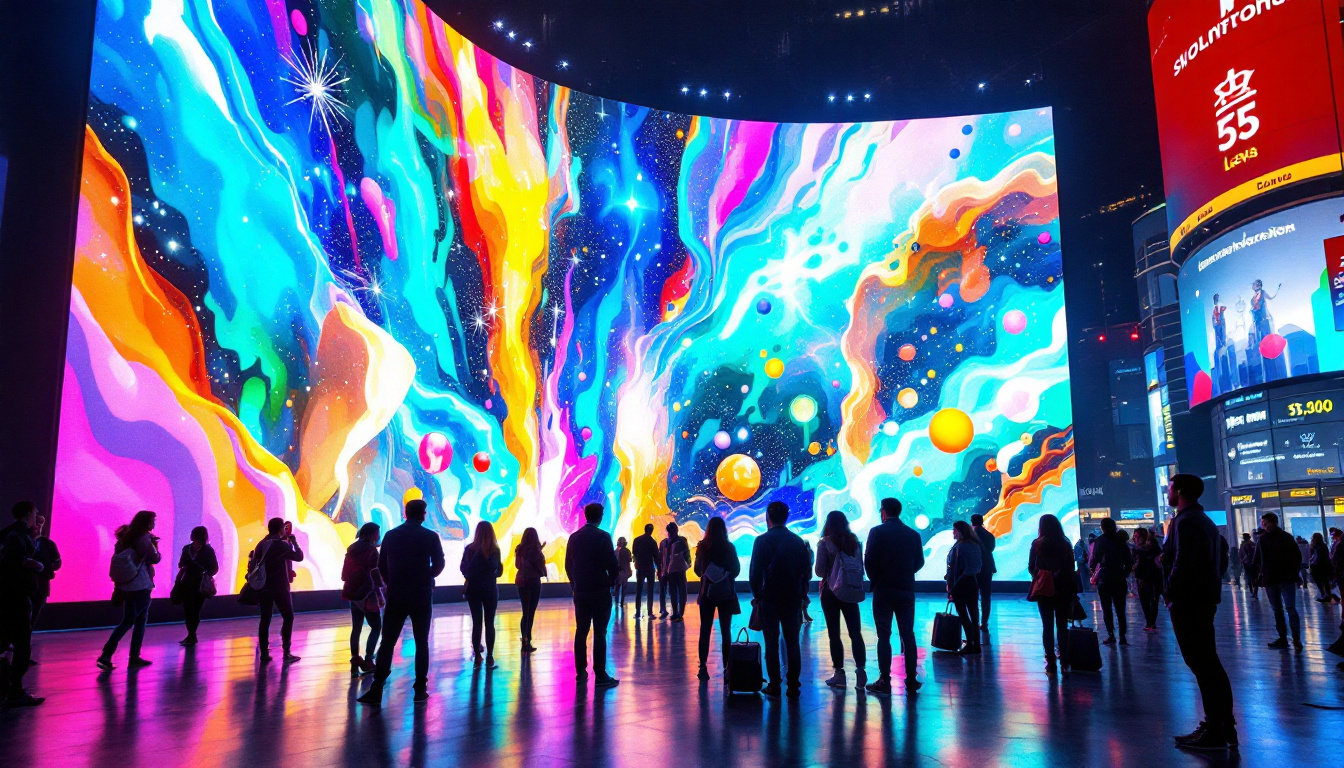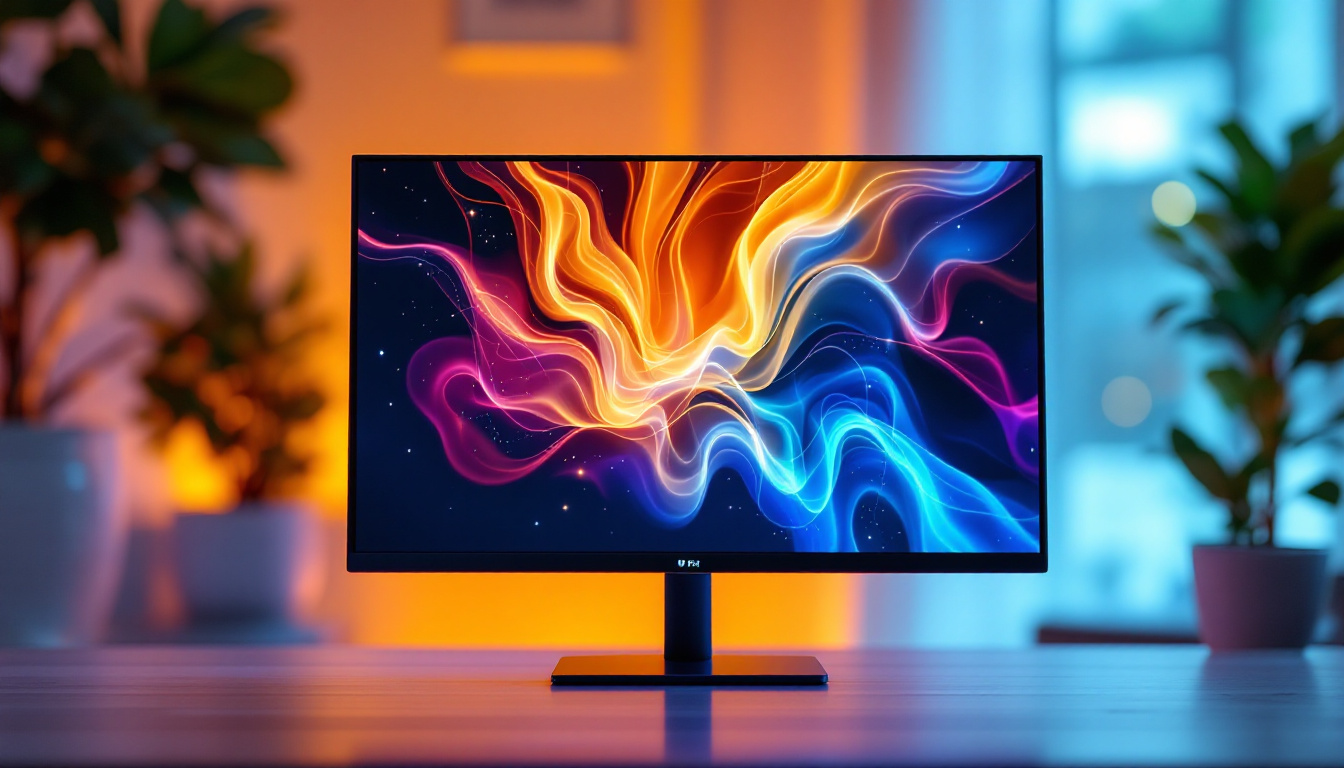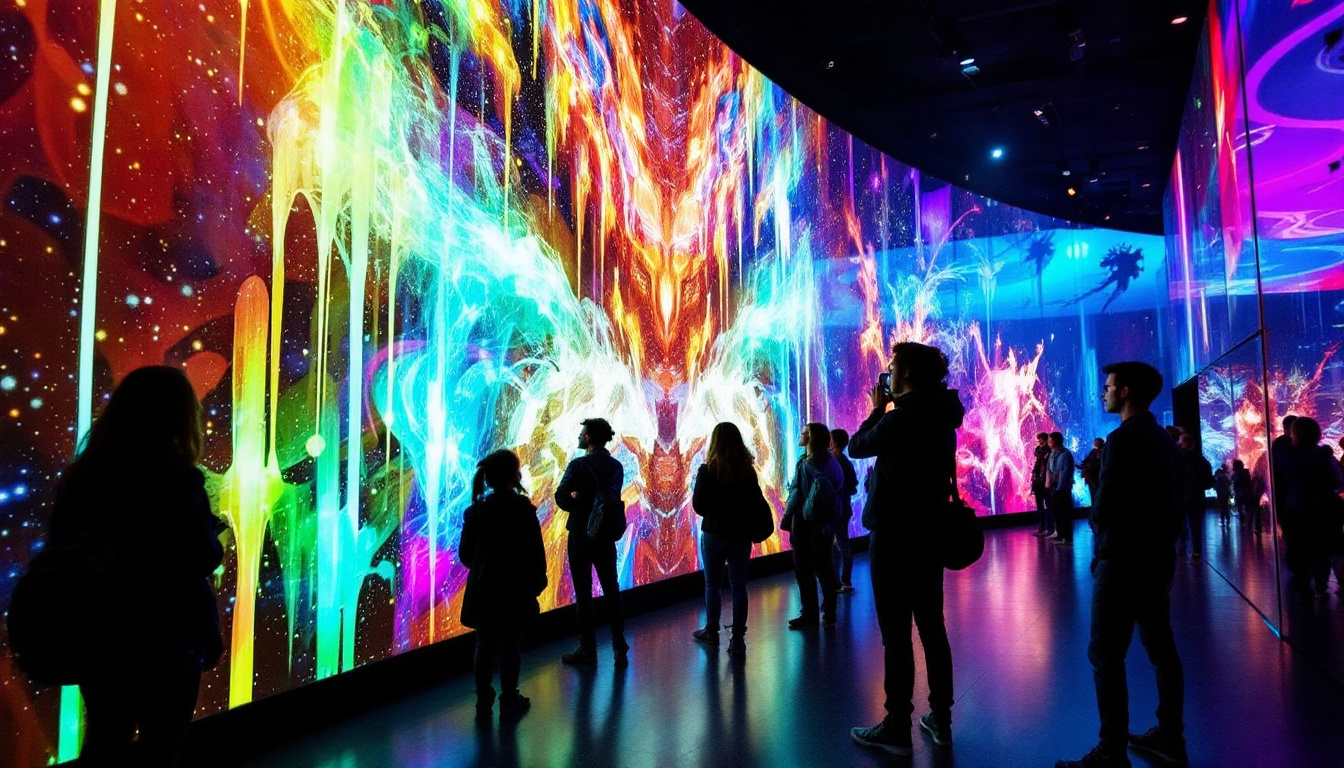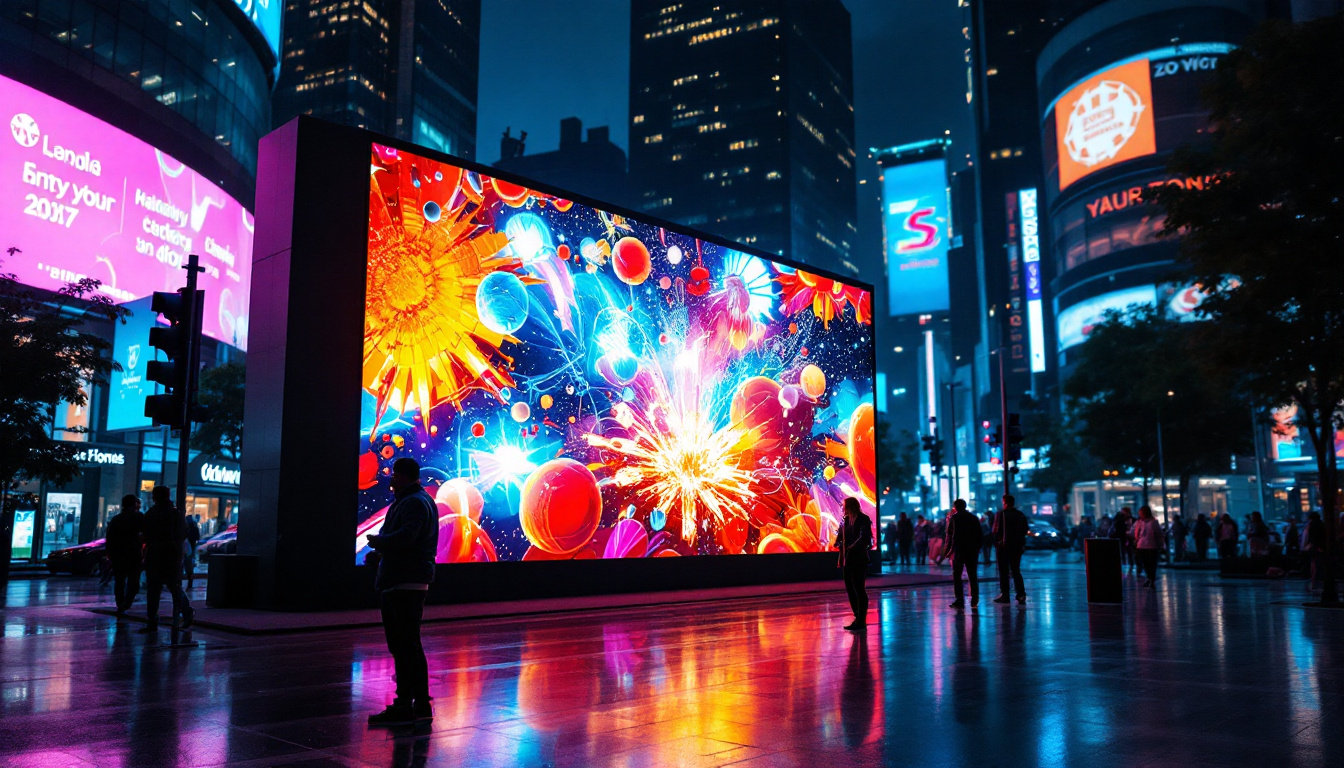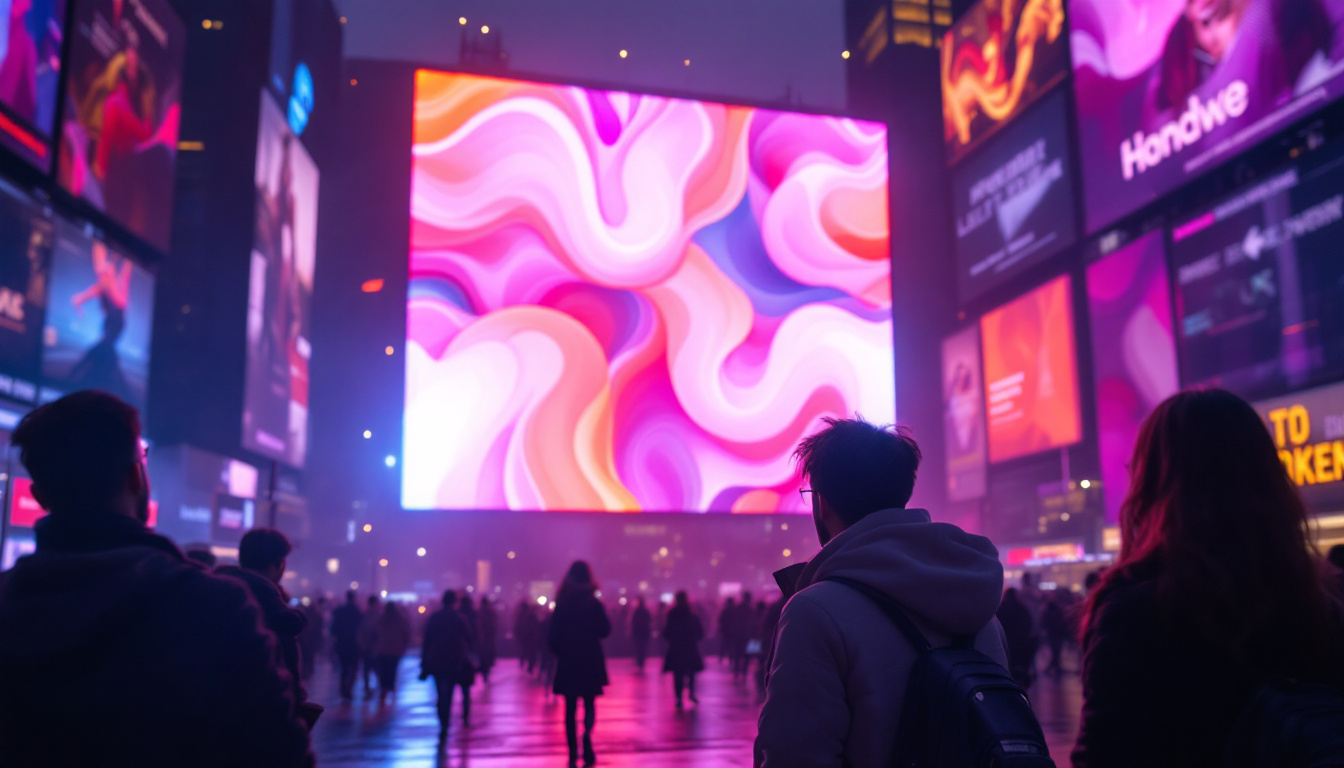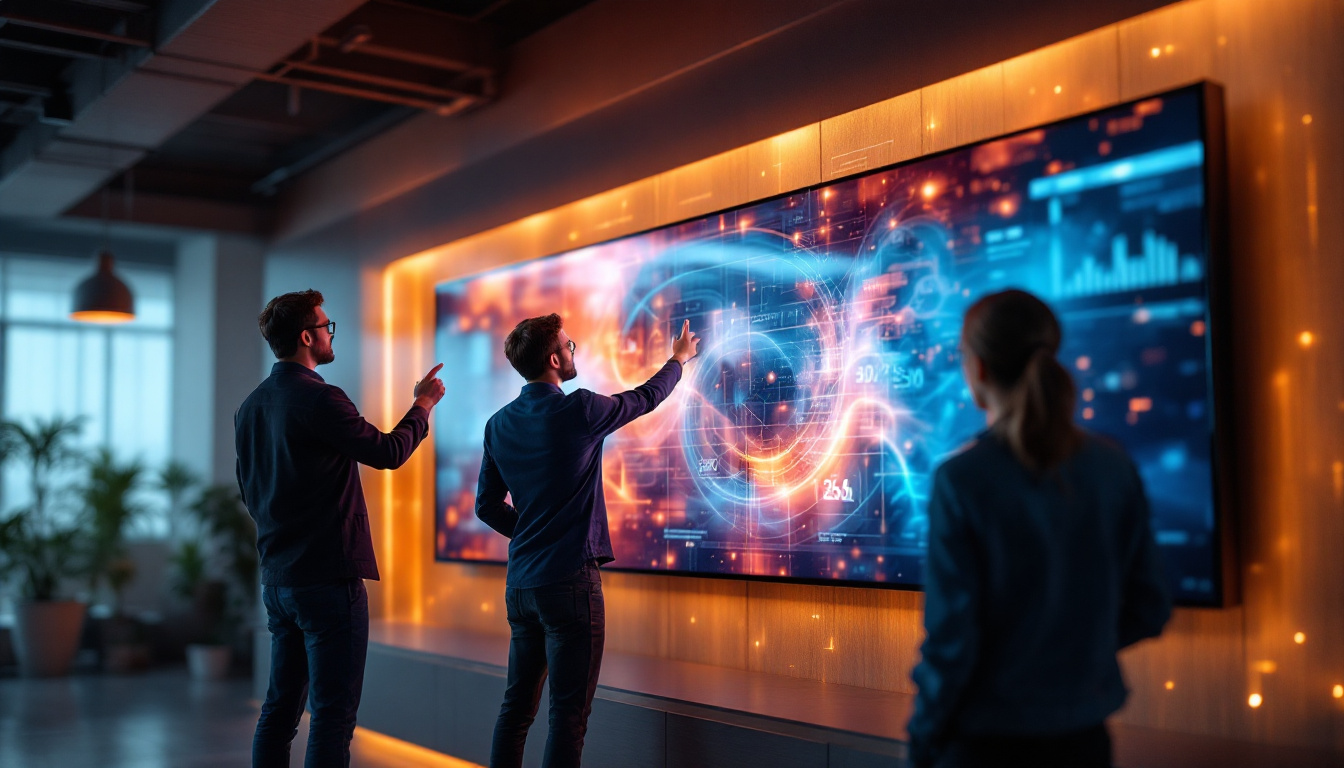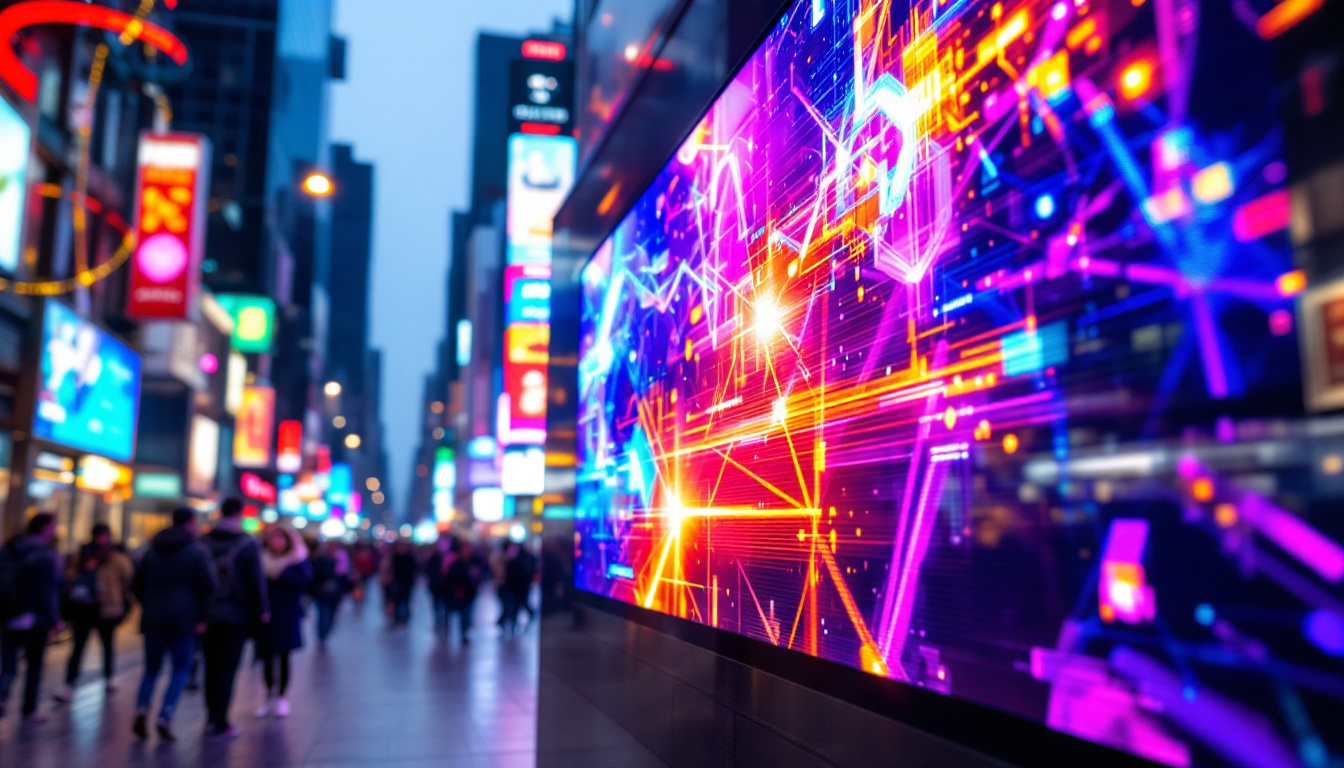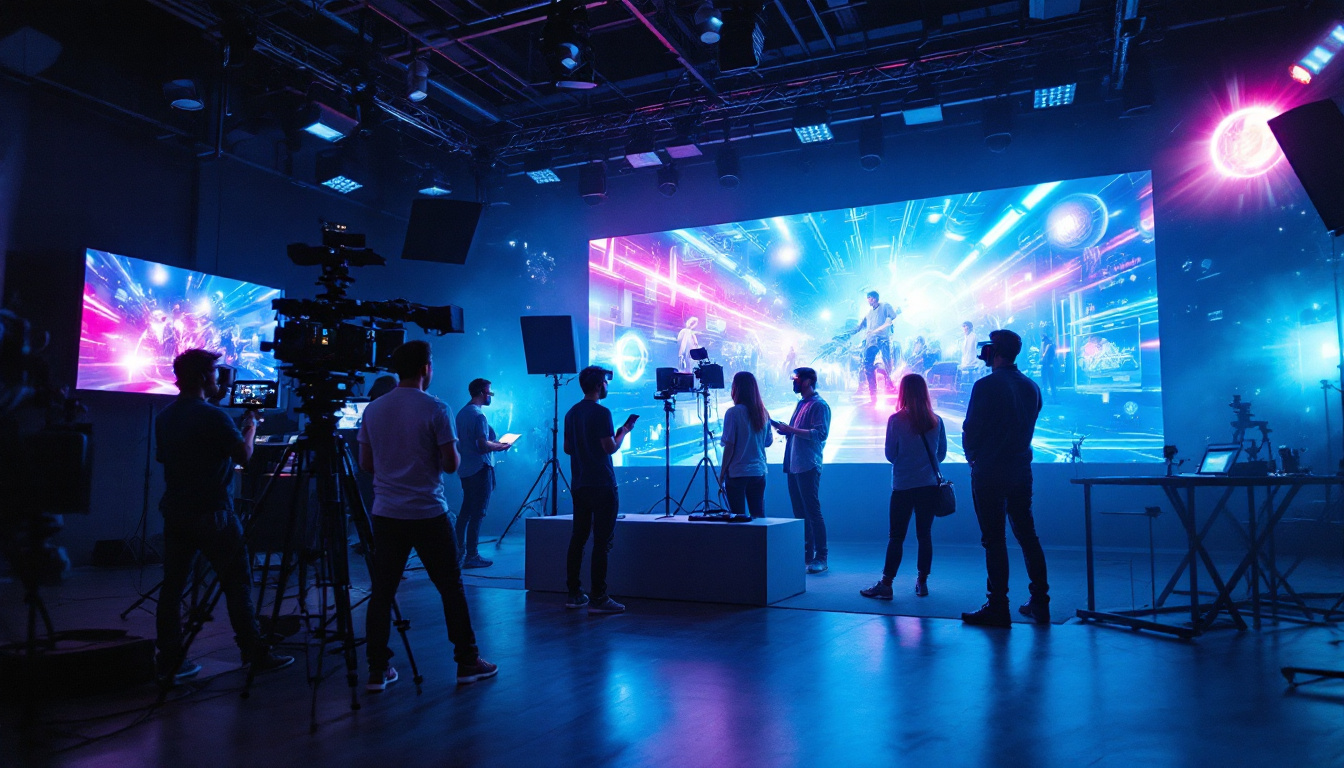In the ever-evolving landscape of advertising, the medium through which messages are conveyed plays a crucial role in capturing audience attention. Among the various options available, LED displays have emerged as a powerful tool for advertisers. This article delves into the intricacies of LED displays, exploring their technology, advantages, and applications in the advertising sector.
Understanding LED Technology
LED, or Light Emitting Diode, technology has revolutionized the way visuals are presented. Unlike traditional display methods, LED displays utilize semiconductor materials to emit light, resulting in vibrant colors and high brightness levels. This section will explore the fundamental aspects of LED technology and how it contributes to effective advertising.
The Basics of LED Displays
At its core, an LED display consists of numerous tiny light-emitting diodes arranged in a grid. Each diode can be individually controlled, allowing for a wide range of colors and brightness levels. This capability enables advertisers to create dynamic content that can easily attract viewers’ attention.
LED displays are categorized into two main types: indoor and outdoor. Indoor displays are typically used in shopping malls, airports, and conference centers, while outdoor displays are designed to withstand weather conditions and are often seen in billboards and stadiums. The choice between indoor and outdoor displays depends on the intended audience and the environment in which the display will be placed. Additionally, the pixel pitch, or the distance between the centers of adjacent pixels, plays a crucial role in determining the display’s resolution and viewing distance. A smaller pixel pitch results in higher resolution and is more suitable for close viewing, making it ideal for indoor settings.
How LED Displays Work
LED displays function by converting electrical energy into light. When an electric current passes through the semiconductor material, it excites the electrons, causing them to emit light. The color of the emitted light depends on the material used in the diode. By combining red, green, and blue LEDs, a full spectrum of colors can be achieved, allowing for rich and engaging visuals.
Furthermore, advancements in technology have led to the development of high-definition (HD) and ultra-high-definition (UHD) LED displays. These displays offer superior image quality, making them ideal for advertising applications where clarity and detail are paramount. The integration of smart technology has also enhanced LED displays, allowing them to be connected to the internet for real-time content updates and analytics. This capability enables advertisers to tailor their messages based on audience engagement and demographic data, optimizing their advertising strategies. Moreover, with the rise of interactive LED displays, brands can create immersive experiences that encourage viewer participation, further enhancing the effectiveness of their advertising campaigns.
Advantages of LED Displays for Advertising
The adoption of LED displays in advertising comes with a plethora of advantages that make them a preferred choice for marketers. From energy efficiency to versatility, LED technology offers numerous benefits that enhance advertising effectiveness.
Energy Efficiency
One of the standout features of LED displays is their energy efficiency. Compared to traditional display technologies such as incandescent bulbs or fluorescent lights, LEDs consume significantly less power. This not only reduces operational costs but also contributes to a more sustainable advertising approach.
Moreover, the longevity of LED displays further enhances their cost-effectiveness. With a lifespan of up to 100,000 hours, LED displays require less frequent replacements, minimizing maintenance costs and downtime.
High Visibility and Brightness
LED displays are renowned for their exceptional brightness levels, making them highly visible even in direct sunlight. This characteristic is particularly advantageous for outdoor advertising, where competing with natural light can be challenging. The ability to adjust brightness settings according to ambient light conditions ensures that the content remains clear and legible at all times.
Additionally, the vibrant colors produced by LED technology enhance the visual appeal of advertisements, drawing in potential customers and increasing engagement rates. Advertisers can leverage this feature to create eye-catching campaigns that stand out in crowded environments.
Dynamic Content Capabilities
Unlike static billboards, LED displays allow for dynamic content that can be updated in real-time. This flexibility enables advertisers to tailor their messages based on various factors such as time of day, audience demographics, or current events. For instance, a restaurant can display breakfast specials in the morning and switch to dinner promotions in the evening.
Moreover, the integration of motion graphics and video content can further enhance viewer engagement. Studies have shown that moving visuals capture attention more effectively than static images, making LED displays an ideal medium for storytelling and brand promotion.
Applications of LED Displays in Advertising
The versatility of LED displays has led to their widespread adoption across various advertising applications. From retail environments to large-scale events, LED technology has proven to be an effective tool for brands looking to make a lasting impression.
Retail Advertising
In retail settings, LED displays serve as powerful marketing tools that can influence consumer behavior. Placed strategically within stores, these displays can showcase promotions, new arrivals, or seasonal sales, enticing customers to make purchases. The ability to change content frequently allows retailers to keep their messaging fresh and relevant.
Additionally, LED displays can enhance the overall shopping experience. Interactive displays that allow customers to browse products or access information can create a more engaging environment, ultimately leading to increased sales and customer satisfaction.
Event Marketing
LED displays have become a staple in event marketing, providing organizers with the means to convey information and promote sponsors effectively. Whether at concerts, trade shows, or sporting events, LED screens can display schedules, advertisements, and live feeds, ensuring that attendees remain informed and engaged throughout the event.
The large size and high resolution of LED displays make them ideal for capturing the attention of large audiences. This capability is particularly valuable for brands looking to maximize their visibility during high-profile events.
Public Spaces and Transportation Hubs
LED displays are increasingly being utilized in public spaces such as airports, train stations, and city centers. These displays serve multiple purposes, from providing real-time travel information to promoting local businesses and events. Their high visibility ensures that important messages reach a diverse audience, making them an effective tool for community engagement.
Moreover, the ability to display advertisements in high-traffic areas allows brands to reach potential customers in a context where they are more likely to make purchasing decisions. This strategic placement can significantly enhance brand awareness and recall.
Challenges and Considerations
While LED displays offer numerous advantages, there are also challenges and considerations that advertisers must keep in mind. Understanding these factors is essential for maximizing the effectiveness of LED advertising campaigns.
Initial Investment Costs
One of the primary challenges associated with LED displays is the initial investment required for installation. High-quality LED screens can be costly, which may deter some businesses from adopting this technology. However, it is essential to consider the long-term benefits and cost savings associated with energy efficiency and reduced maintenance.
Many companies view LED displays as a valuable investment that can yield significant returns over time. By carefully evaluating the potential impact on brand visibility and customer engagement, businesses can make informed decisions regarding their advertising strategies.
Content Management
Creating compelling content for LED displays requires careful planning and management. Advertisers must ensure that their messaging is clear, concise, and visually appealing. The dynamic nature of LED displays means that content must be regularly updated to remain relevant and engaging.
To address this challenge, many businesses invest in content management systems that allow for easy updates and scheduling. By streamlining the content creation process, advertisers can focus on developing impactful campaigns that resonate with their target audience.
Regulatory Compliance
In some regions, there are regulations governing the use of digital displays for advertising purposes. These regulations may pertain to brightness levels, content restrictions, and placement guidelines. Advertisers must familiarize themselves with local laws to ensure compliance and avoid potential penalties.
Working with experienced professionals in the field can help businesses navigate these regulations effectively. By staying informed and proactive, advertisers can leverage LED displays while adhering to legal requirements.
The Future of LED Displays in Advertising
The future of LED displays in advertising looks promising, with ongoing advancements in technology and design. As the demand for innovative advertising solutions continues to grow, LED displays are likely to evolve further, offering even more capabilities for marketers.
Integration with Smart Technology
One of the most exciting developments in the realm of LED advertising is the integration of smart technology. With the rise of the Internet of Things (IoT), LED displays can now connect to various devices and platforms, allowing for more personalized and targeted advertising.
For instance, advertisers can use data analytics to tailor content based on audience demographics, preferences, and behavior. This level of personalization enhances the effectiveness of advertising campaigns, leading to higher engagement and conversion rates.
Augmented Reality and Interactive Displays
As technology advances, the incorporation of augmented reality (AR) and interactive features into LED displays is becoming more prevalent. These innovations allow brands to create immersive experiences that captivate audiences and encourage interaction.
For example, an interactive LED display could enable users to explore products virtually or participate in gamified advertising experiences. Such engagement not only enhances brand recall but also fosters a deeper connection with consumers.
Conclusion
LED displays have transformed the advertising landscape, offering a dynamic and effective medium for brands to communicate their messages. With their energy efficiency, high visibility, and ability to display dynamic content, LED displays have become a staple in various advertising applications.
While challenges such as initial investment costs and content management exist, the long-term benefits of LED technology make it a worthwhile consideration for businesses. As the industry continues to evolve, the integration of smart technology and interactive features will further enhance the potential of LED displays in advertising.
In a world where capturing audience attention is paramount, LED displays stand out as a powerful tool that can elevate advertising strategies and drive brand success.
Explore Cutting-Edge LED Display Solutions with LumenMatrix
Ready to take your advertising to the next level? Discover the innovative world of LumenMatrix, where we specialize in providing advanced LED display modules tailored to your unique needs. From the vibrant ambiance of an Indoor LED Wall Display to the robust Outdoor LED Wall Display, our range includes specialized solutions like Vehicle LED Displays, LED Poster Displays, and even Custom LED Displays designed to fit any space or concept. Experience the game-changing LED Sports Displays, interactive Floor LED Displays, versatile All-in-One LED Displays, and the captivating LED Transparent Display. Join the visual revolution and Check out LumenMatrix LED Display Solutions today to create unforgettable visual experiences that resonate with your audience.

